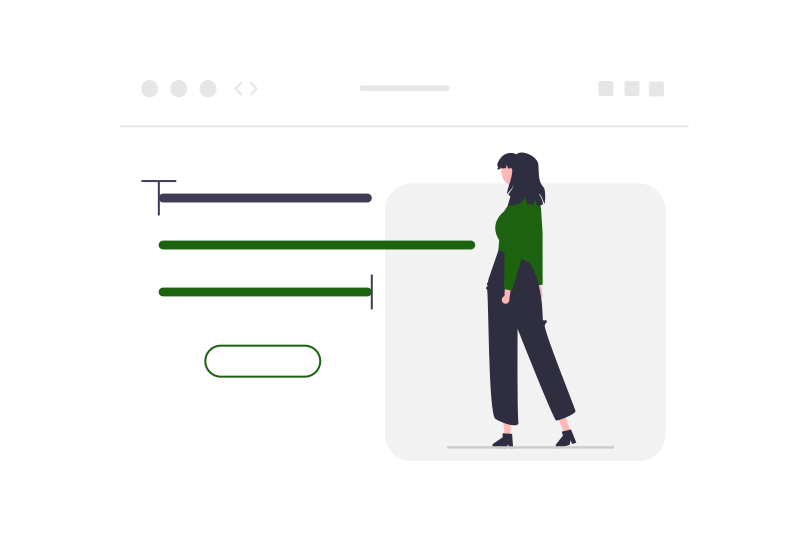

Scaling your Design Team with Design Ops
source link: https://uxplanet.org/scaling-your-design-team-with-design-ops-a804b3b7ff5a
Go to the source link to view the article. You can view the picture content, updated content and better typesetting reading experience. If the link is broken, please click the button below to view the snapshot at that time.
Scaling your Design Team with Design Ops

Design Operations encompasses the processes and people involved in design and seeks to optimize these to increase the impact design has at scale.
As organisations are seeing the value design can bring, designers are being tasked with more and more work, leaving less time to actually solve and design solutions. Coupled with new challenges such as remote work and teams being dispersed across timezones and continents, we can see how a standardised way of doing things can help us weather the storm.
The central idea here is that we reduce the amount of admininistrative tasks we have to deal with so that we can focus on what we are paid to do: Solve Problems.
Let us start by first looking at what areas make up design operations.

Where can we see the impact of design operations?
The areas touched by design operations is similar to many management processes.
One of the first is the hiring of new talent and the education of those already within the team. Tying into this point is also how to effectively grow a design team.
Another core aspect of design operations is the creation of efficient and effective workflows. Design is very much a collaborative endeavor and we need a clear workflow established to manage the work coming in and going out. We also need to reflect on our workflows and see how we can improve on them.
Lastly, design operations seeks to improve the output of the design process. We want to improve not only on the quality of work we are producing as a design team, but also have an eye on the impact we are having with our designs.
What are the levers we can adjust?
Looking at the impact points from the last section, we can see that the design team itself is important when it comes to design operations.

The Team itself
As mentioned above, design operations allows us to plan the building of our design team. It helps us to plan for how the design team will fit into the organisation, which skills we will be needing within the team and how the organisation can complements the design team.
The next element that affects how the design team can operate effectively is the way in which the members can collaborate. Design is collaborative and designers need space given to them to collaborate with each other and try ideas out. Regular meetings or small get-togethers that provide a structured environment may sound counter-productive, but it does help designers harness their powers of creativity.
Now that we have an idea of what internal factors influence the work of our design teams, let us focus on how we design operations can help develop better hiring practices for potential employees.
We can have a look at how we interview candidates and what parts of the interview process could be adapted to the needs of a design team. Once selected, we can also work on creating a consistent way of onboarding new team-members that allows them to hit the ground running.
The Work of the Team
Now that we have established processes that allows our teams to be build solidly from the ground up, we can shift our focus to how the design team actually produces its work.
The design process is central to any design team and has a huge impact on the work produced. We can further improve upon the current process and document the activities that are used at each step, creating a process that can be reproduced by others. The tooling is another great source of inconsistency and by standardising which tools are used, the team can spend more time solving problems and less time learning new tools.
A design team is not an island and we are going to be collaborating not only with other designers, but developers, product managers etc. It is important that we can build a common language that makes communicating ideas and giving feedback a lot easier. Building and maintaining design system is a very effective way of making design-related information available to everyone. It allows teams to have a single-source-of-truth when it comes to design-related assets.
Another aspect we can focus on when implementing design operations is the way we manage design projects. As organisation begin to see the value of design, the work-load will increase. The current design resources will most likely not be able to cover the amount of work that needs to be done. We therefore will need to decide on how we best spread that work-load across the team and find a way of standardising the process of prioritising design projects.
The impact that Design can have
In this last point we are looking at how we can gauge the impact the work for the design team has. This point is more of a feedback loop for you and your design team.
A good place to start would be to define metrics that you and your team can track over time. This will give you an idea of how much impact your work is having. Alongside metrics, you will also have design principles (a key part of any design system) that will help guide your teams actions and can also be used to actively gauge quality of work being produced.
The impact of design can also be communicated to other teams. The goal here is to highlight the positive impact design as on work produced and to create a consistent image of the role design can play in the work process.
That way the role of the design team becomes clearer and other teams also have a better understanding of which tasks could benefit from a design process.
Conclusion
Implementing design operation in your organisation does not have to wait for until your team hires a person specific to that role. Anyone within your design team can start looking at design operation related tasks.
The key here is to recognise certain areas of your design team’s process that could benefit from standardisation.
Start small — have a look at your tooling, the way your team is hiring talent or by establishing metrics and design principles that can help guide them.
These small changes can have a positive impact on how effective your team operates. This will also help others start to spot small improvements that can be made, creating a cultural shift toward design operations within your design team.
Recommend
About Joyk
Aggregate valuable and interesting links.
Joyk means Joy of geeK